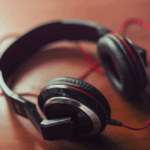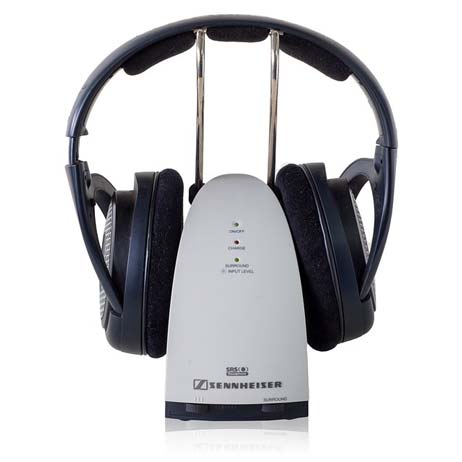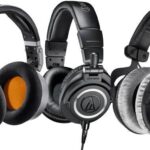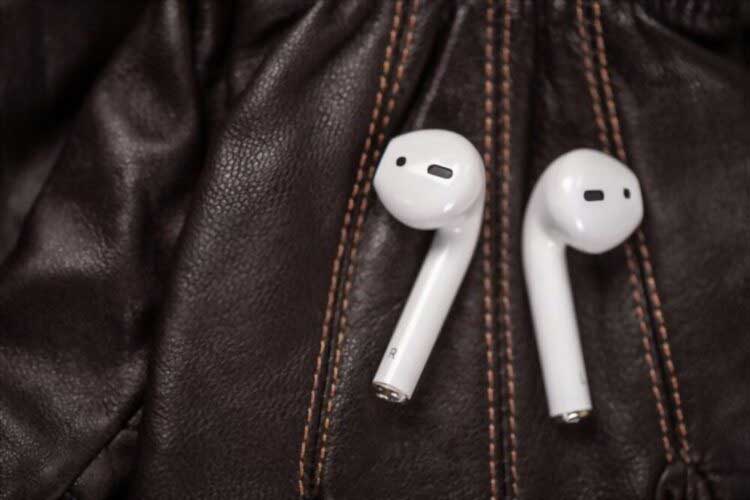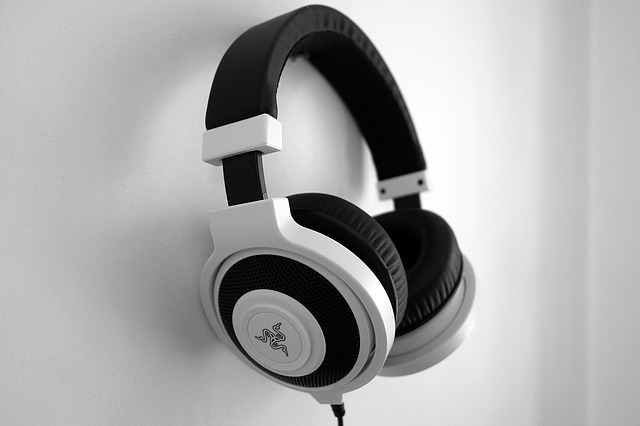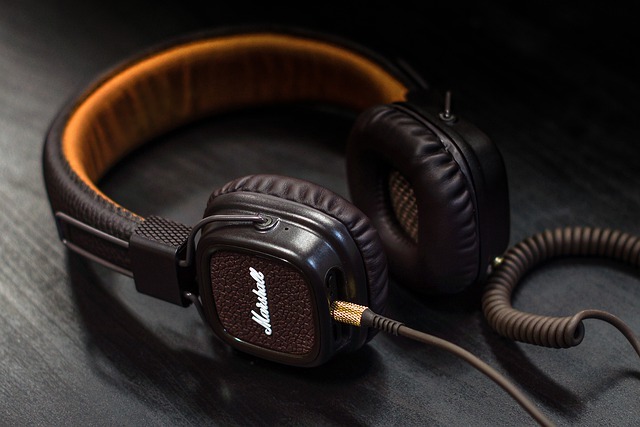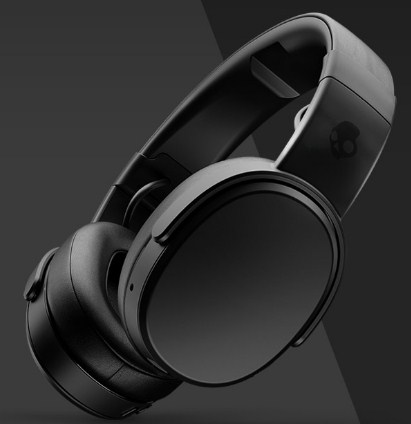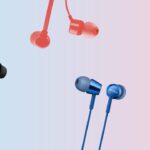When choosing headphones, you can come across many technical parameters that characterize the sound quality. Power, electrical resistance (impedance), overall dimensions, mass. Among them, a consumer property stands out – the sound volume or, in a technical language, the sensitivity of the headphones.
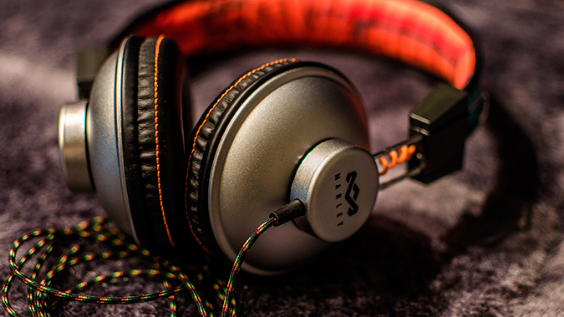
Sensitivity and Impedance of the Headphones Concepts
The main physical and technical parameters affecting the quality and volume of sound:
- Playable frequency range.
- Impedance (resistance).
- Power.
- Nonlinear distortion (degree of distortion).
- Headphone sensitivity.
Range
The human ear mainly perceives the frequency component in the range of 20 ~ 20,000 Hz. Someone more, someone less, depends on the anatomical features of the auricle and the sensitivity of the hearing organs. With age, the ear sits down, especially at the upper border.
On the other hand, the full range of frequencies is important for people associated with music – composers, sound engineers, artists and music lovers. Such properties are characteristic of professional or high-quality household products. The spectrum is 5 ~ 42000Hz, which allows you to reproduce sound with the highest possible purity.
Resistance
Or impedance, is an indicator of the nominal resistance at the input of the headphones. The full parameter consists of two components, resistive and reactive. The value is directly related to the resonant frequency.
The headphone impedance is interconnected with the output parameters of the signal source. That is, portable equipment (smartphone, player, tablet) is limited in terms of output voltage, but loyal in current level. Therefore, it is advisable to choose headphones low impedance.
Stationary technology, with a more powerful signal, allows for voltage variation. Hence, it is preferable to use high-impedance headphones.
Power Indicators
The generalized indicator of headphones for power is in the range of 1 ~ 5000mW. Mismatch with the parameters of the source of the electric signal, excess, can lead to failure of the reproducing device.
To get high-quality sound from a smartphone or radio player, a few milliwatts is enough. Using higher rates will result in faster battery drain. In addition, the sound will become flawed in frequency, significant signal distortion will occur. Hence, the high sensitivity of the headphones compensates for the insufficient, at first glance, playback power.
Powerful designs can be safely applied with stationary signal sources. The built-in amplifier will provide the necessary level. The sound will be clean and high quality.
Degree of distortion
The headphone design cannot provide one hundred percent sound quality. Less than 0.5% deviation from normative indicators is considered high-quality reproduction. 0.5 ~ 2.0% indicates average and mediocre sound.
Sensitivity
The characteristic reflects the volume of the headphones. The parameter is measured in decibels (dB). The upper threshold is in the range of 100 ~ 120dB. The strength of sound is determined by the size of the magnetic core, the larger it is, the more sensitive the headphones.
It is clear that in mini devices, the dimensions of the core are small. From here, earbuds, tablets, and vacuum headphones have a low sensitivity threshold. The sensation of loud sound is achieved by the proximity of the membrane to the eardrum. Overhead and full-sized designs have an enlarged core and a larger flexible membrane. Accordingly, they have increased power and sensitivity.
The same signal applied to different types of headphones will not be played the same way. Louder at higher sensitivity, quieter – with a lower threshold. In the accompanying documentation, the manufacturer, as a rule, reflects the parameter values. But, there is no single standard. Therefore, the same, at first glance, devices sound with excellent volume from different manufacturers.
Headphone sensitivity selection
The sound volume is necessary for a more complete perception of the entire frequency range and the ability to hear the sound signal in places with increased external noise, such as the metro, tram, busy traffic routes, etc. In addition to the technical capabilities of the headphones, it is required to consider the signal source. The most common:
- Phone (smartphone).
- Audio player.
- Personal Computer.
- Television.
Headphones for smartphone
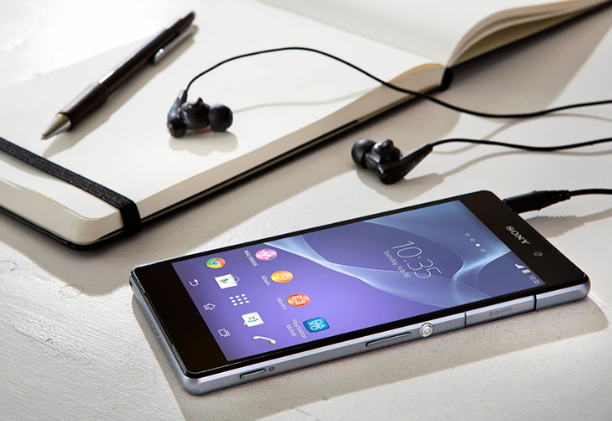
The gadget has compact dimensions. Accordingly, the dimensions of the headphones and the technical capabilities of the device must be adapted to each other in terms of power. An additional clarification is that a headset can be selected to a mobile phone, for the possibility of talking on a telephone line.
Therefore, sensitivity is determined by the purpose of the headphones. Either for negotiating mobile communications, or combining with listening to music. Speech quality may be the same, but the music signal will be limited. From here, you should pay attention to the indicators given by the manufacturer in the accompanying documentation.
Earphones for Player

Usually, the player is offered complete with headphones. But, with excellent characteristics of the signal source, the reproducing device may not transmit the entire range of the audio signal, and may have unsatisfactory sensitivity.
Optimum design – liners (vacuum) with a capacity of up to 40mW. For a powerful (by power supply) player, over-ear headphones with an indicator of 300mW or more are suitable. Good sound quality will provide sensitivity within 100dB. Resistance in the range of 16 ~ 32 Ohm, no longer required – the sound quality remains the same.
Headphones for Computer or laptop

For a personal device, headphones are selected to participate in electronic games and listen to music. Type – overhead or full-size (monitor). Frequency range of at least 20 ~ 20,000 Hz. Sensitivity from 100dB and above. Power over 300mW. But, turning on the full sound is not recommended. Otherwise, you can quickly plant a rumor.
Headphones for Television
The signal source is a stationary device, therefore, the headphone power can be brought up to 600 ~ 800mW and above. Resistance no more than 64 Ohm. The most convenient – overhead or full-sized views. In addition to listening to films, training programs are used to watch music programs. Hence, the frequency range is 20 ~ 20,000 Hz and wider (for music centers), the sensitivity is not lower than 100dB.
To Summarize
The most optimal sensitivity of the headphones is in the region of 100 ± 1%. And it is the best for devices paired with mobile signal sources – smartphones and players.

